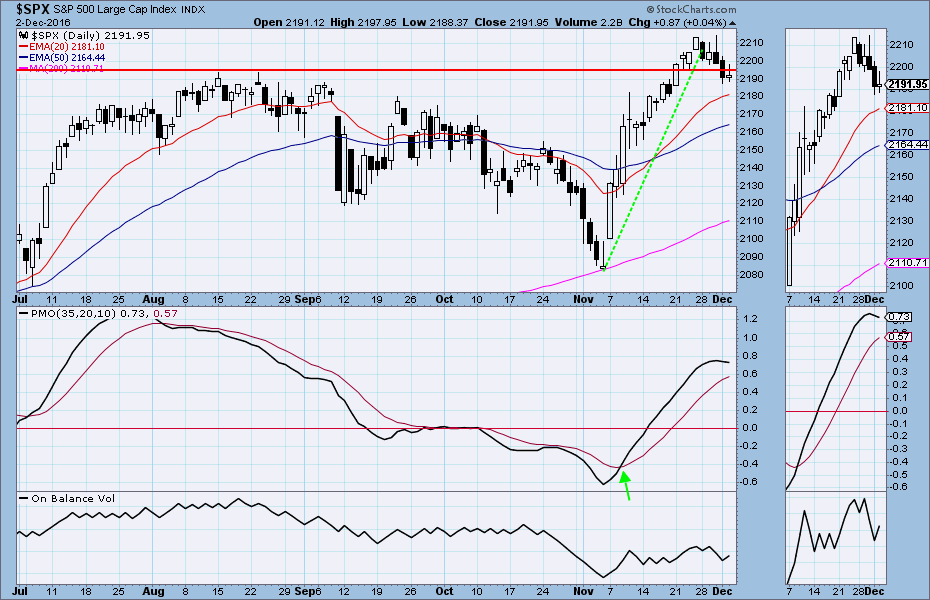On April 25 the White House released a photo that showed five of the most powerful politicians in the world in casual conversation on a balcony in Hanover: David Cameron, Prime Minister of Britain; Angela Merkel, the Chancellor of Germany; Francois Hollande, the President of France; Mario Renzi the Prime Minister of Italy; and President Barack Obama.
Barely eight months later only one of them is still a political force. The other four are either gone now or going soon, a testament to the power of an idea – the need/desire for a change in the existing order of things – whose time is coming.
The latest to stumble from office is Mario Renzi, who over the weekend lost a referendum, ostensibly dealing with the Italian constitution, by a distressingly large margin and who consequently resigned.
There is nothing strange about political instability in Italy, and the referendum itself was arcane to outsiders.
But it was seen as a referendum on the existing political structure not just in Italy but in Europe, and as part of a populist revolution – think the Trump election in the US and the Brexit victory in Britain – that is demonstrating a willingness to burn the house down if that is what it takes to change the status quo.
The immediate effect of the Italian results was to boost the US dollar at the expense of the Euro – the Euro fell below important support levels in early trading — and to spark a rally in US equity futures in overnight trading.
But European investors will be waiting for the second shoe to drop. France and Germany have elections in 2017 and both have strong Euro-skeptic opposition parties; Spain and Portugal have both seen populist parties gain strength in recent elections; and in the Netherlands a strong anti-immigrant and anti-Euro movement is threatening the government.
2017 will be an interesting year. And probably not in a good way for the European union.
US markets
November was a good month for US equities, as it usually is. The S&P500, the index of US large-cap stocks, closed Friday at 2191.25, down 21 points for the week, but up roughly 62 points from October’s close.
That wasn’t a strong finish, and the failure to hold the new all-time high made on the last day of the month has lots of traders worried. But this is the best time of the year for US equities, and the SPX closed November up almost 8% for the year-to-date. It has recovered about 390 points from the low made in February.

This week
We may see a continuation low move this week. The market is over-bought in the short and intermediate timeframes, and the Fed FOMC meeting the following week, with the announcement of a rate increase widely predicted, will encourage traders to take their profits while they can.
We aren’t expected a plunge; but a controlled sell-off seems likely.
This week 2180 will be the first major support line for the SPX. Bulls will defend this line and try to push the index back up to the 2200 level or higher. But due to the short-term overbought condition the 2180 support may not hold up. A move below it could run buyer’s stops and push the price down to the 2165-55 zone.
Today
For the S&P500 mini futures (ES)
The ES pulled back into its August/September high area for testing. 2180-78 will be a key zone for today. Holding above it could lead the ES to repeat last Friday’s range in the early trading sessions.
2203-2200 will be today’s first resistance zone. A failure to move above it suggests the ES intends to pull back down to retest Friday’s low area around 2185-83. If there is a retracement the support around 2175 is likely to hold ES up today.
Major support levels: 2183-81, 2172-74, 2165-62.50
Major resistance levels: 2205-07.50, 2215.50-14, 2220.50-26, 2235.50-37.50
To see free professional analysis of futures markets for gold and equity indices, visit www.naturus.com




